Robots, Drones, Electric Bikes, 3D printers, Modular Homes – It’s all Happening in India – #IndiaInnovates
The Indian Software Product Industry Roundtable (iSPIRT), a think tank dedicated to the cause of the Indian Product Industry, held its flagship event InnoFest 2016 in Bengaluru. This unique event was inaugurated by Mr. Mohandas Pai, Chairman of the Board, Manipal Global Education. The one day long festival focused on hardware innovation encompassed inspirational talks by industry leaders, sessions by key innovators, a panel discussion, a product showcase, workshops, a DIY pavilion and makerspaces. Mr. Mohandas Pai and Vijay Shekhar Sharma, Co Founder Paytm, delivered the opening address.
InnoFest 2016 had over 1200 registered participants and showcased 150 products and innovations. The event featured 10 Workshops, 12 DIY Pavilion participants and 2 Community projects, wherein the audience could actively participate. Over 35 Speakers addressed the huge gathering of budding innovators, manufacturers, techies, entrepreneurs, students, professors, researchers and representatives from the financial sector. A significant number of participants were women entrepreneurs and innovators.
In his keynote and inaugural address Mr. Mohandas Pai, said, “More often than you think, innovations are stemmed from an idea that provides a solution to recurring and nagging problems that you may face personally. To translate that idea into a product and a business, requires an eco-system to support it and reach-out to the markets. InnoFest provides that platform and unlocks a plethora of opportunities. It is imperative that successful innovators need to foster other innovators and harvest benefits collectively. I’m elated to say that InnoFest is turning out to be a hub for innovation led entrepreneurs.”
InnoFest 2016 showcased exciting innovations such as a Sumo wrestling Robot, electric bikes, modular portable micro housing units, a 3D selfie maker, digital microscopy, 3D printers, pop up makerspace, farming tools, healthcare devices, education products, green energy equipment, environment related products were just the tip of the iceberg.
InnoFest also had a host of mentors who were available throughout the day to have a one-on-one discussion with participants. A workshop focused on providing a clear understanding of Entrepreneurship for early entrepreneurs and novice entrepreneurs was a runaway hit.
A key element that innovators grapple with is Funding, InnoFest featured a session on funding resources for early stage Hardware Entrepreneurs, Crowd Funding, Challenges in obtaining Grants and Equity Funding.
With the Make in India movement gaining momentum a session on Building Hardware Businesses in India/from India, enlighten the participants.
Mr. Sharad Sharma, Co-Founder of iSPIRT and Convenor of InnoFest, said, “India is on the cusp of a business revolution. We are going to see a spurt in the manufacturing sector addressing basic human needs air, water and food. Today’s innovators are going to be the leaders tomorrow. Events such as InnoFest will be pivotal in providing a jump-start to budding entrepreneurs.”
The Patrons of this event were Mr. Amitabh Kant CEO, NITI Aayog; Mr. Jayant Sinha, Minister of State for Civil Aviation, Government of India; Mr. Nandan Nilekani, Former Chairman of Infosys and Former Chairman of UIDAI; Mrs. Kiran Mazumdar Shaw, Chairman and Managing Director of Biocon and Mr. Mohandas Pai, Chairman of the Board, Manipal Global Education.
InnoFest was concieved as a day-long festival of ideas and inspiration that will exponentially multiply innovation across the country and make India into a Product Nation. Our research shows that there is a need for a strong support ecosystem for hardware innovators similar to that available to software innovators. InnoFest seeks to bring together the multitude of partners needed to build such platform that encourages and supports grassroots innovators from ideation to realization to growth. iSPIRT strongly believes that a robust product ecosystem is the key to rapid growth across the country.
#IndiaInnovates


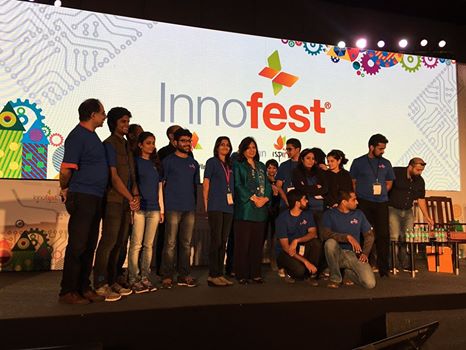
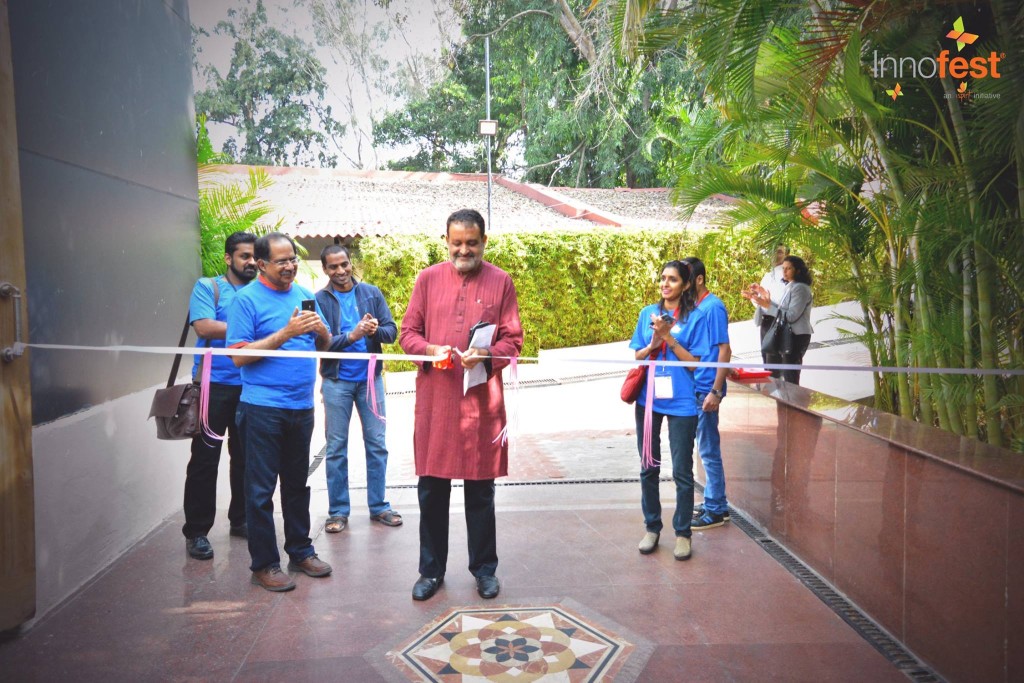
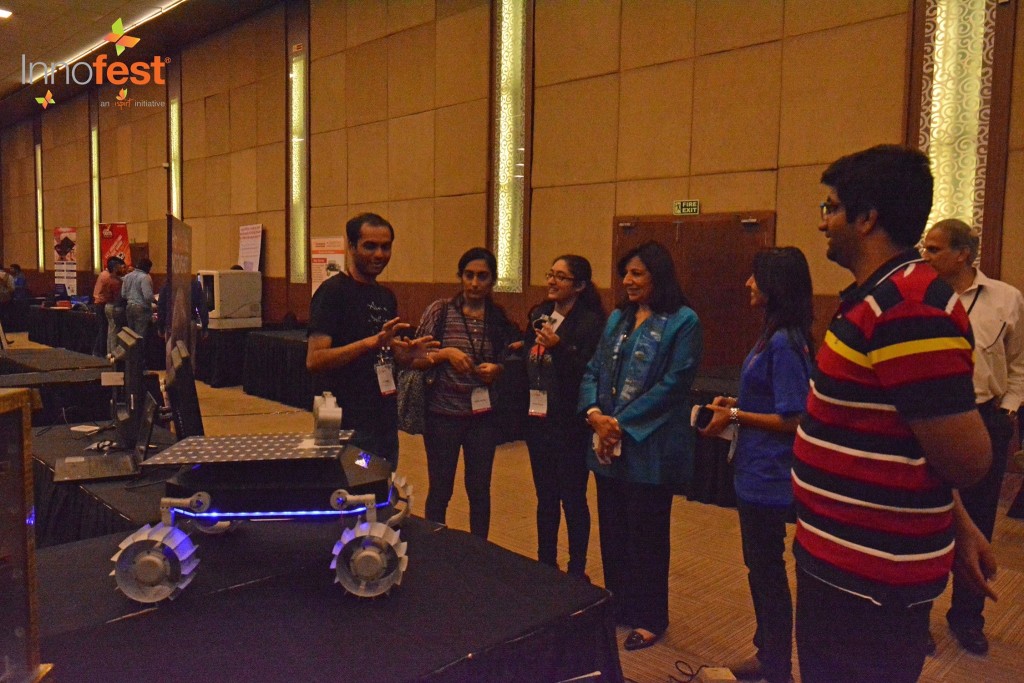
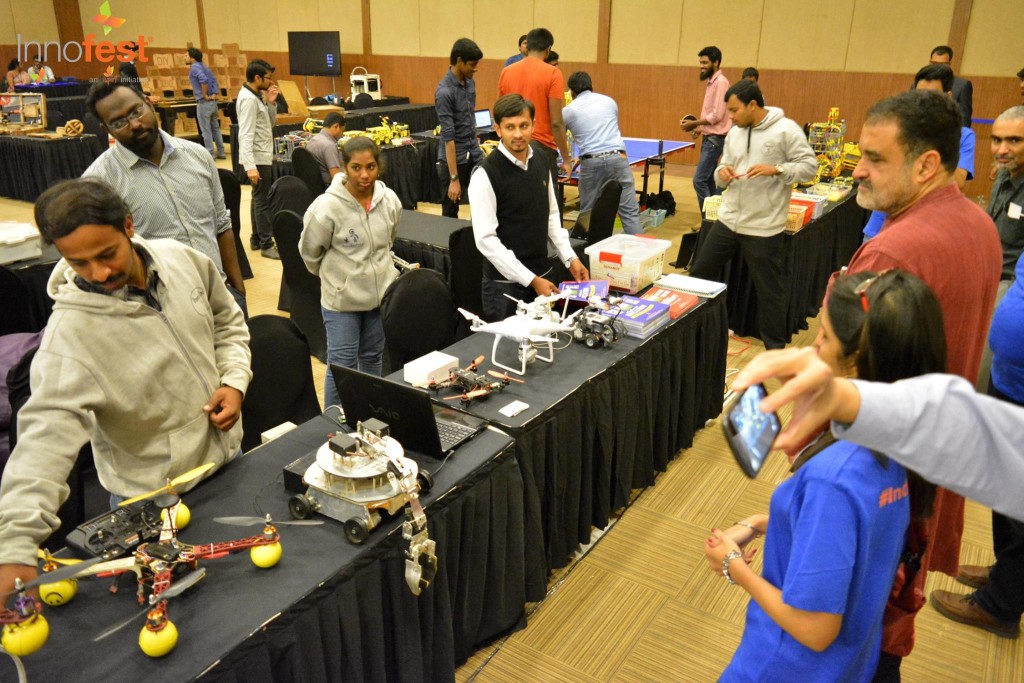

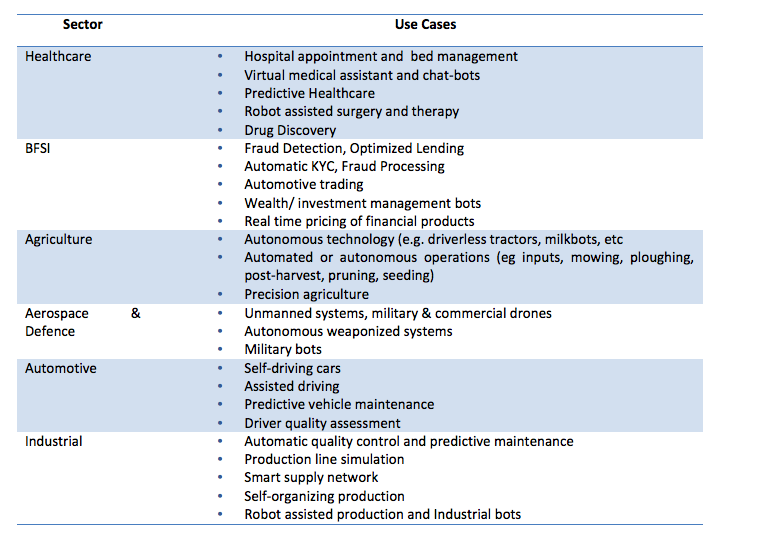
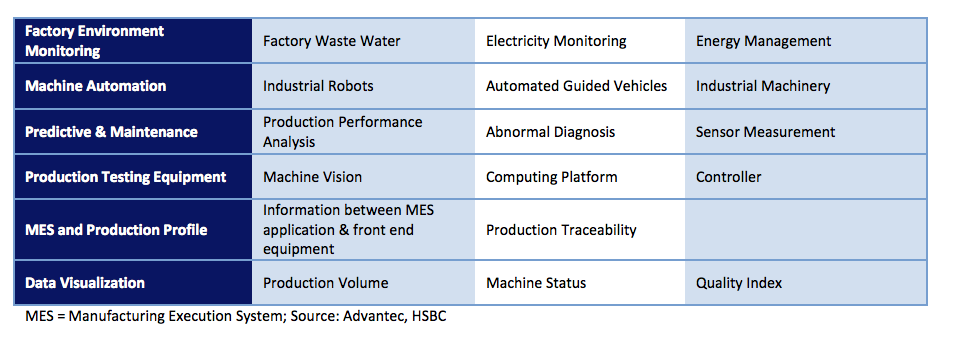

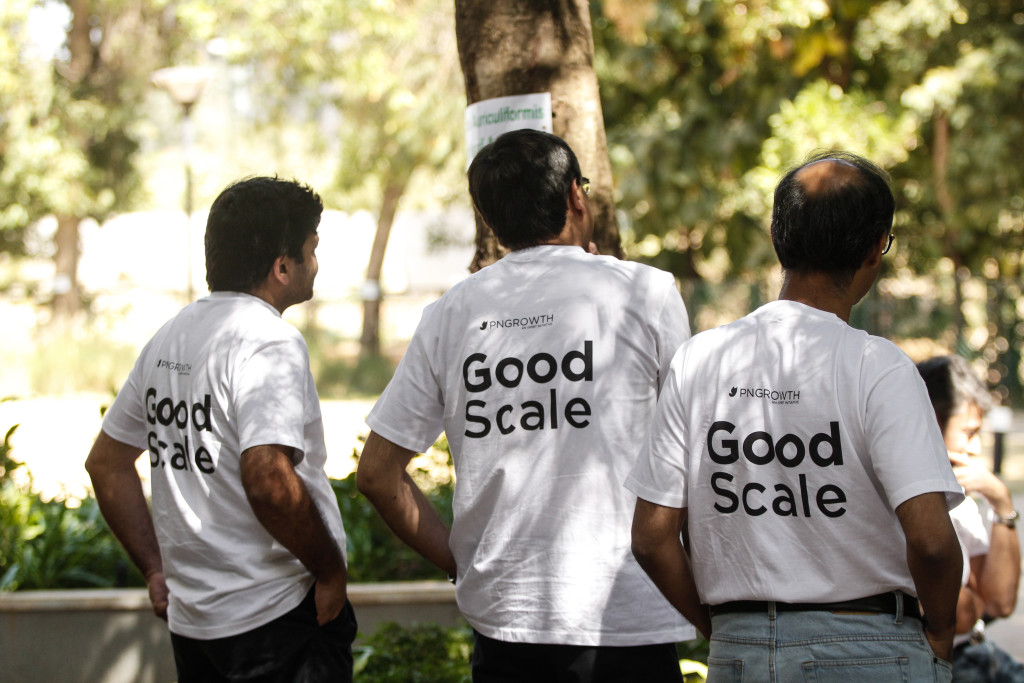
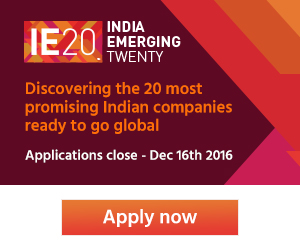




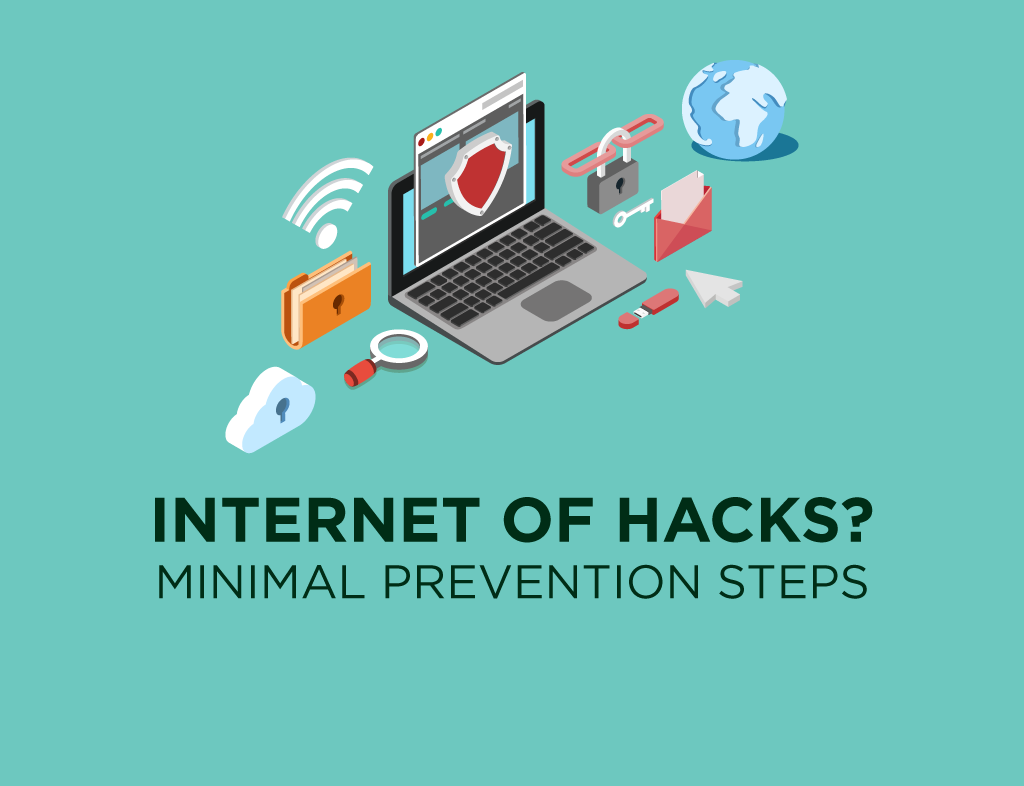

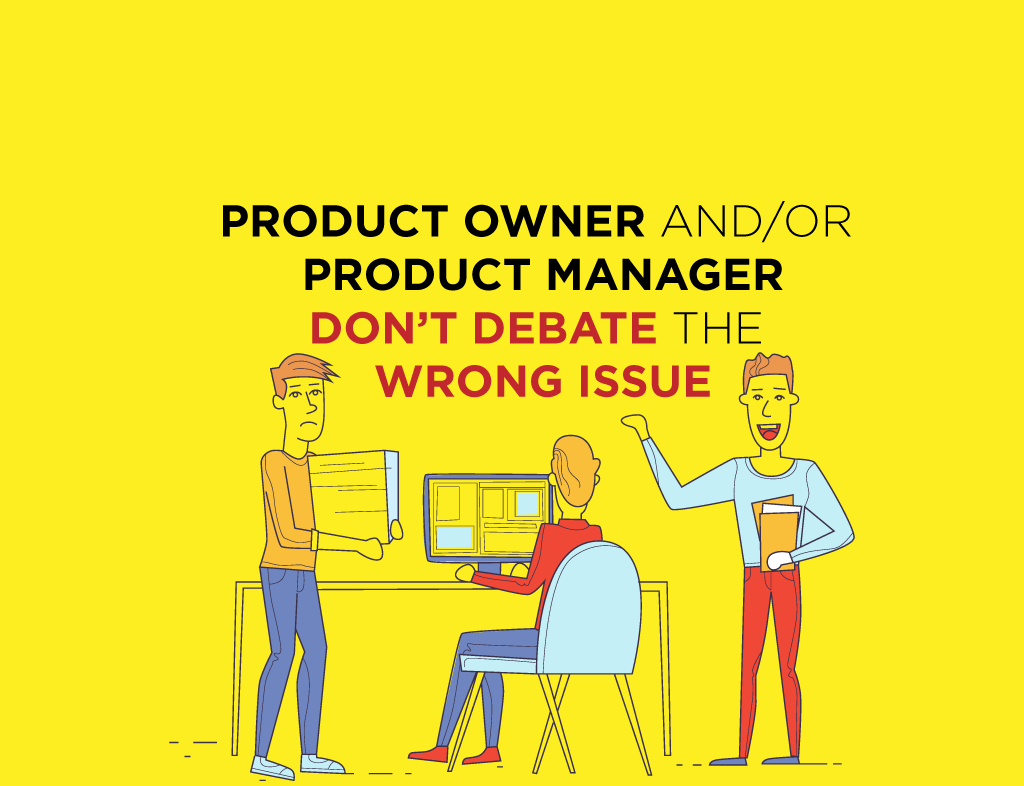
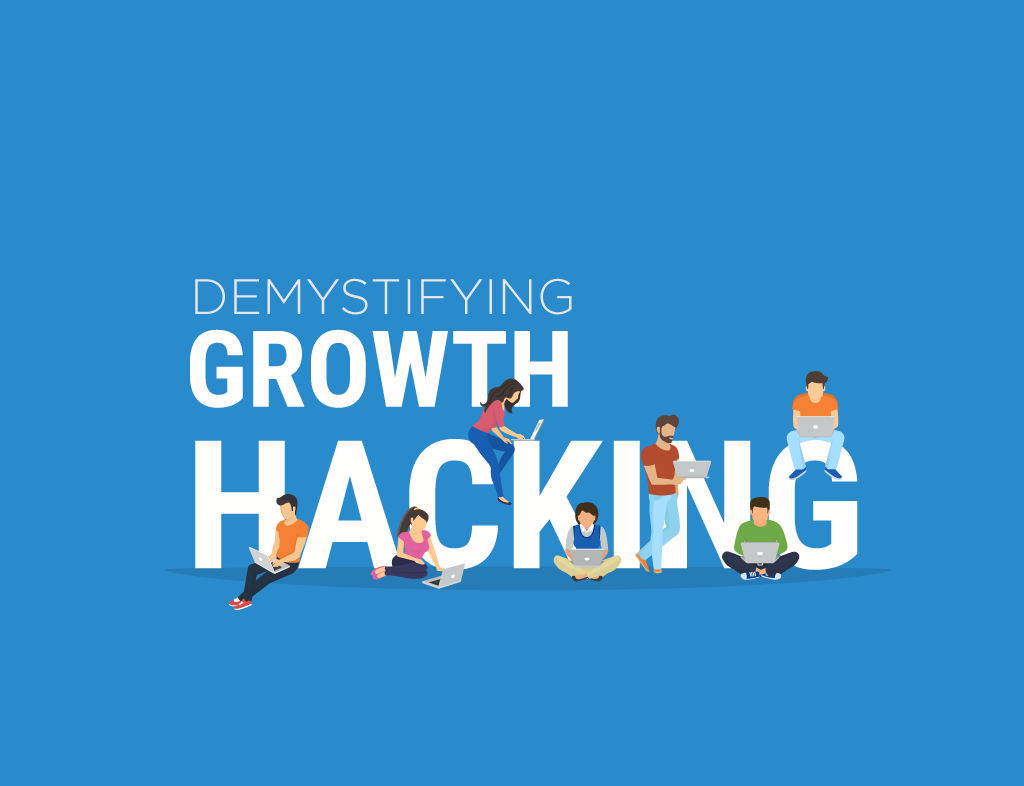
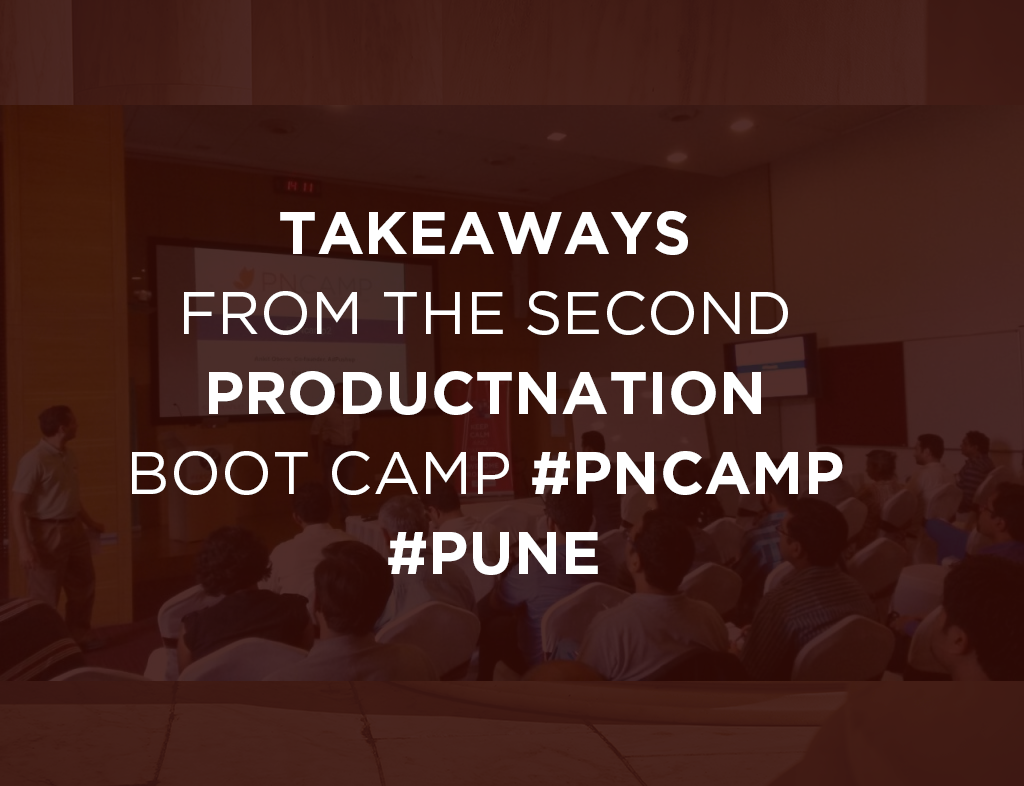
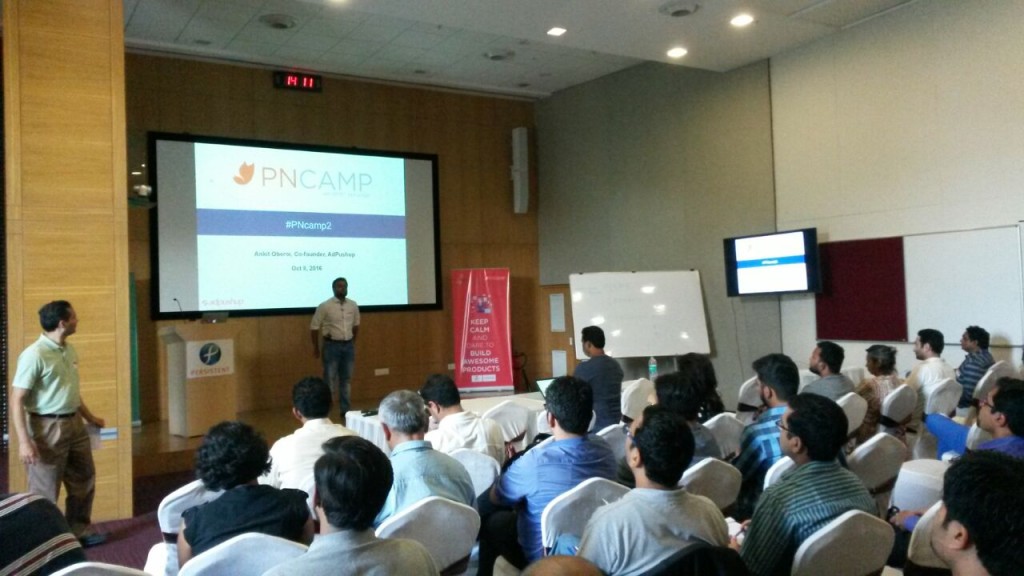 Confirmation Bias
Confirmation Bias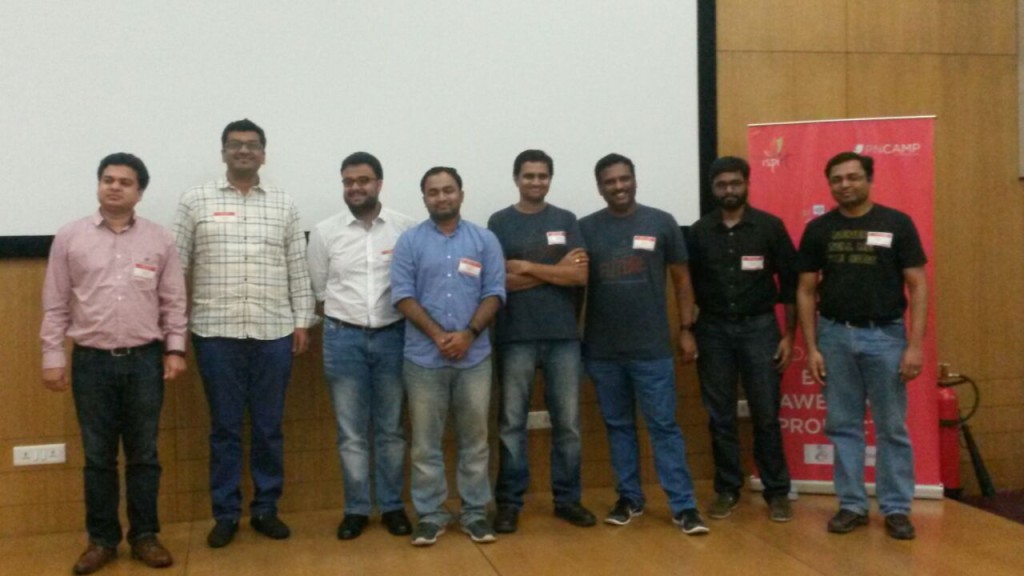 All in all, PNcamp is a MUST attend camp for any early stage product startup. It is a unique opportunity to catch the brains of experts and fellow participants through product feedbacks and interactions. What particularly stands out within the iSpirt community and in this even is the candidness of founders and their willingness to share details about their journey.
All in all, PNcamp is a MUST attend camp for any early stage product startup. It is a unique opportunity to catch the brains of experts and fellow participants through product feedbacks and interactions. What particularly stands out within the iSpirt community and in this even is the candidness of founders and their willingness to share details about their journey.